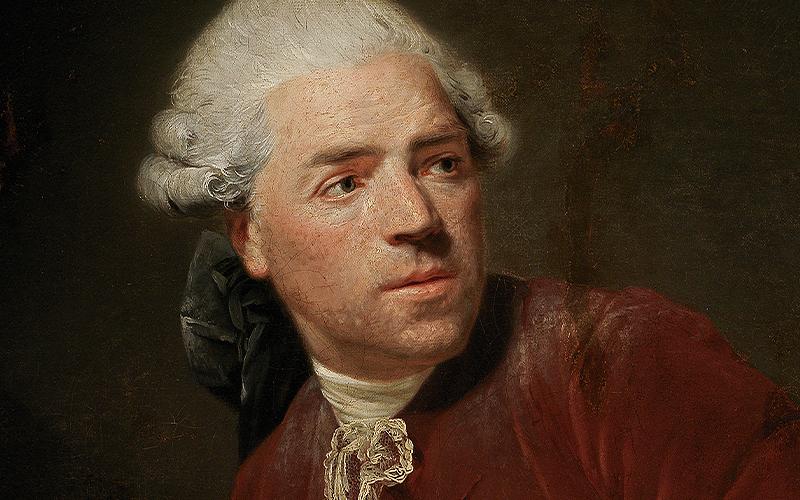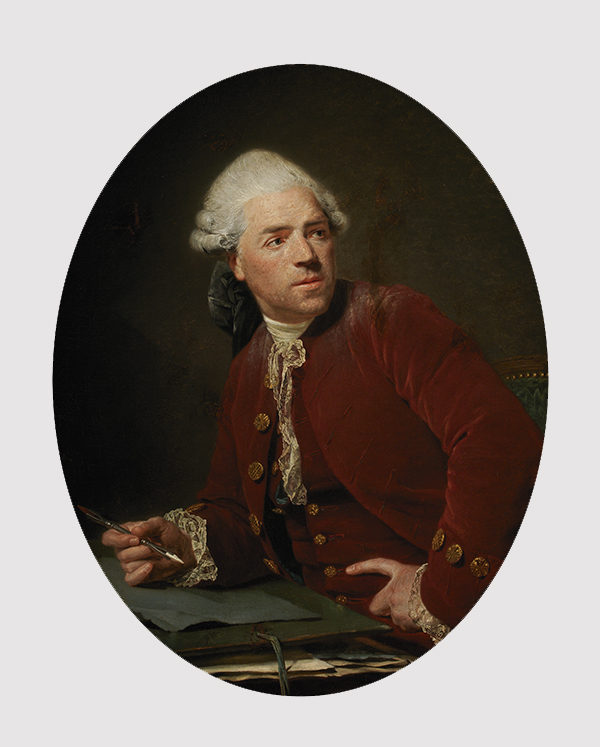Nicolas-Bernard Lépicié

Nicolas-Bernard Lépicié (1735–1784) was an 18th century French painter, the son of engravers François-Bernard Lépicié and Renée-Élisabeth Marlié. His initial instruction in art came from his father and he later went on to receive training from painter Carle Vanloo.
In the 1760s, Lépicié joined the Académie Royale de Peinture et Sculpture, where he later became a teacher. During his career, he worked on several royal commissions, creating works for the Petit Trianon at Versailles and the École Militaire in Paris, among other venues. The painter also created compositions for use as templates for tapestries at the Gobelins Manufactory.
He was especially well-known for his genre painting and his realist portraits, two of which were purchased directly from Baron Rothschild in 1943 by Calouste Gulbenkian and now form part of the Gulbenkian Collection. The first, an oil painting produced in c. 1777, is thought to depict Louis XV’s favourite astronomer, Pierre Charles Le Monnier (1715–1799), surrounded by the optical instruments that were in vogue at the time.

The second is a self-portrait painted at around the same time as The Astronomer; the two works are believed to have been displayed as a pair at the 1777 Paris Salon. Both paintings are oval in shape, with similar dimensions and formal characteristics. The painter holds a pen with a chalk tip in an allusion to his profession. Although it is a self-portrait, the painting is also thought to be a homage to the painter Jean-Siméon Chardin, as it contains several features which are identical to a composition by the latter that currently hangs in the Louvre. A very similar self-portrait in terms of format, pose and colours – albeit depicting the painter at the end of his life – can be found at the Boucher de Perthes Museum.
Despite his premature death, Lépicié left behind a considerable number of works, which now form part of international collections such as those of the Thyssen-Bornemisza Museum in Madrid and the Louvre Museum in Paris.
A Collection of Stories
On a weekly basis, we shared a story around Calouste Gulbenkian’s collection. This section was created in 2020, which is why the articles refer to the Calouste Gulbenkian Museum collection as the Founder’s Collection.
Other stories